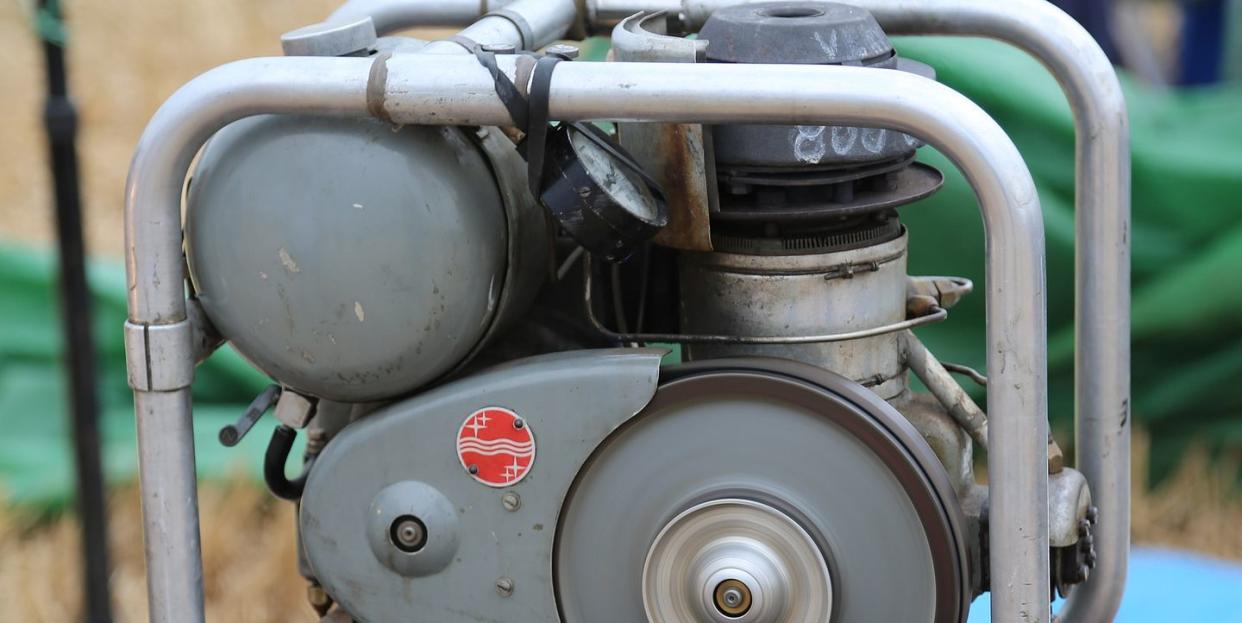For the First Time Ever, China Tested a Stirling Engine in Space

A Stirling power converter is a machine that converts heat into electrical current, a possibly game-changing device for spacecraft and space colonies.
NASA has been developing its own Stirling converters for years, but earlier this month, the Chinese National Space Administration became the first to test one in space.
According to state-controlled media, the converted performed beyond expectations and provided stable electric current in orbit on China’s Tiangong space station.
Creating a human colony beyond the comforts of Earth—with its oxygen-rich atmosphere, its gravitational sweet spot, and it’s Goldilocks-level temperatures—will be one of the greatest scientific and engineering challenges in human history. Not only will astronauts need some way to get to their destination, they’ll need a place to live, food to eat, water to drink, and a reliable source of energy to make all these things possible.
One of the more intriguing concepts put forth in an attempt to solve this energy issue is what’s known as a Stirling converter. Named for the 19th century Scottish engineer who discovered the principles of its core thermodynamic process, a Stirling converter works by using heat from a fuel source—in this case, a nuclear one—to move magnetic pistons. These pistons then convert that energy into electrical current. The idea isn’t far removed from the idea of electromagnetic induction, which powers hydroelectric generators on Earth.
For more than a decade, NASA has been studying how to use Stirling engines as a reliable power source to augment solar power and fuel cells for both spacecraft and space colonies. In 2020, NASA even announced that one of its Stirling converters will operate continuously for 14 years without need for maintenance.
However, earlier this month, China’s state-controlled China Global Television Network reported that the Chinese National Space Administration (CNSA) had successfully tested its own Stirling converter aboard its Tiangong space station, the first space-based test for the technology.
Developed by the Lanzhou Institute of Physics at China Academy of Space Technology, the thermoelectric converter was placed in an equipment cabinet designed for basic tests in the Mengtian module—the final module launched in late October 2022 that officially completed the Tiangong space station. CGTN reports that “the device ran stably throughout the whole process and produced better-than-expected performance indicators.”
NASA and China are neck-and-neck in the race to put boots on the moon first. China’s Long March 5 launch vehicle rivals the U.S.’s SLS rocket. The CNSA’s International Lunar Research Station is a clear rival to NASA’s Artemis program. And when it comes to Stirling converters, NASA developed these types of engines to be part of its Kilopower Reactor Using Stirling Technology, or KRUSTY (yes, that’s a Simpsons reference), but CNSA was first to put the technology into space.
It seems a new space race is upon us, both for things as big as rockets and as small as power converters.
You Might Also Like
